The ENIAC, for all its thunderous power, had a glass jaw. Its mind, its ability to calculate at blinding speed, was dependent on the fragile glow of nearly 18,000 vacuum tubes. These glass bulbs, which acted as electronic switches, were the heart of the machine, but they were also its curse. They were big, they were power-hungry, and they were constantly burning out. The vision of a truly universal, programmable computer—the kind of dynamic, flexible machine John von Neumann had outlined—was being held hostage by its own physical body. To build the future, you first had to solve the problem of the switch.
The answer would not come from the world of colossal, room-sized computers, but from the quiet, meticulous world of solid-state physics. The stage for this next act was a place that was, in its own way, as revolutionary as Bletchley Park: Bell Telephone Laboratories in postwar New Jersey. Bell Labs was an "idea factory," a place where the nation's brightest scientific minds were given the freedom—and the funding—to chase fundamental questions, all under the belief that from deep understanding would eventually flow world-changing technology.¹
The problem they were tackling was, on its surface, simple. The telephone network relied on vacuum tubes as amplifiers to boost signals over long distances. Bell wanted something better, something smaller, more reliable, and cheaper. To find it, they assembled a team of physicists to study a strange class of materials known as semiconductors—crystals like germanium and silicon that could sometimes conduct electricity and sometimes not.
At the head of this team was William Shockley, a brilliant and notoriously difficult theoretical physicist. Working under him were two men who couldn't have been more different: John Bardeen, a quiet, cerebral theorist with a staggering intellect, and Walter Brattain, a hands-on experimentalist who could build and coax results out of delicate laboratory equipment. Together, this trio would descend into the bizarre, almost magical world of quantum mechanics, not to understand how to build a computer, but to understand how electrons moved through a crystal.
The breakthrough came in the winter of 1947, a period of intense, often frustrating experimentation. On a cold afternoon in December, Bardeen and Brattain were working with a small slab of germanium. In a setup that looked more like a piece of abstract sculpture, they pressed a plastic triangle, wrapped in gold foil, down onto the crystal. When they sent an electrical signal into one side of the gold foil, a much stronger signal came out the other side. They had created an amplifier. More importantly, they had created a solid-state switch.²
They had invented the transistor.
What they had done was monumental. They had replaced the hot, empty space of a vacuum tube with a solid piece of rock. The transistor could do everything a vacuum tube could do—act as a switch or an amplifier—but it had no filament to heat up, no glass to break, and it used a tiny fraction of the power. It was a switch that could be made unimaginably small and utterly reliable.
This wasn't just an improvement. It was a complete paradigm shift. The transistor had given the machine a perfect, miniaturized body. The hardware was now on a path to becoming practical, affordable, and eventually, ubiquitous. But this only made the original question, the one that had haunted Ada Lovelace and Alan Turing, more urgent than ever. The body was ready, but what kind of mind would it house? Would it be a mere calculator, a lightning-fast abacus doing the same old arithmetic? Or could it be something more?
Even as the first transistorized computers were being built, a small group of mathematicians and logicians were gathering to ask that very question. They weren't interested in building a better adding machine. They were interested in building a mind.
Citations:
¹ Gertner, Jon. The Idea Factory: Bell Labs and the Great Age of American Innovation. Penguin Books, 2012. A comprehensive history of the institution and the groundbreaking work done there. Available at major booksellers.
² Riordan, Michael, and Lillian Hoddeson. Crystal Fire: The Birth of the Information Age. W. W. Norton & Company, 1997. A detailed narrative of the invention of the transistor and the personalities involved. Available for purchase or at your local library.
³ The Nobel Prize in Physics 1956. Official citation for William B. Shockley, John Bardeen, and Walter H. Brattain "for their researches on semiconductors and their discovery of the transistor effect." Available to read on the Nobel Prize website.

.png)




.jpg)
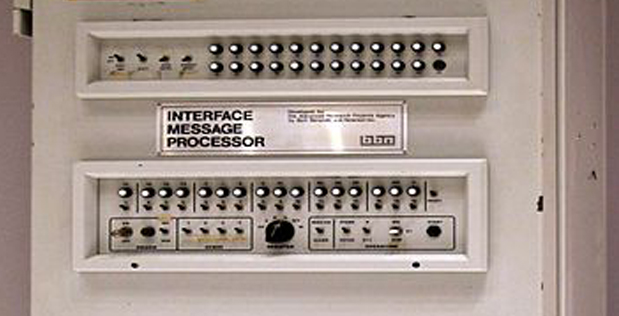
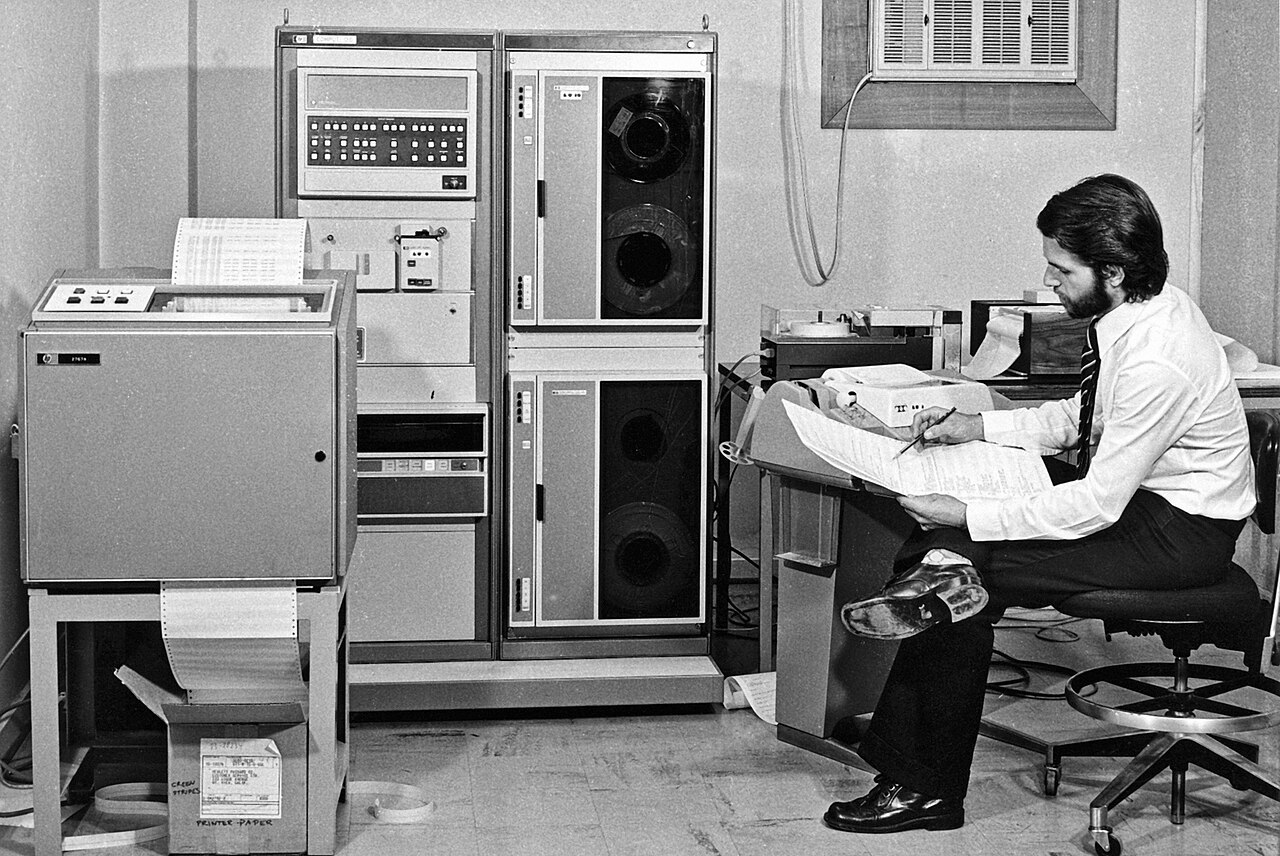
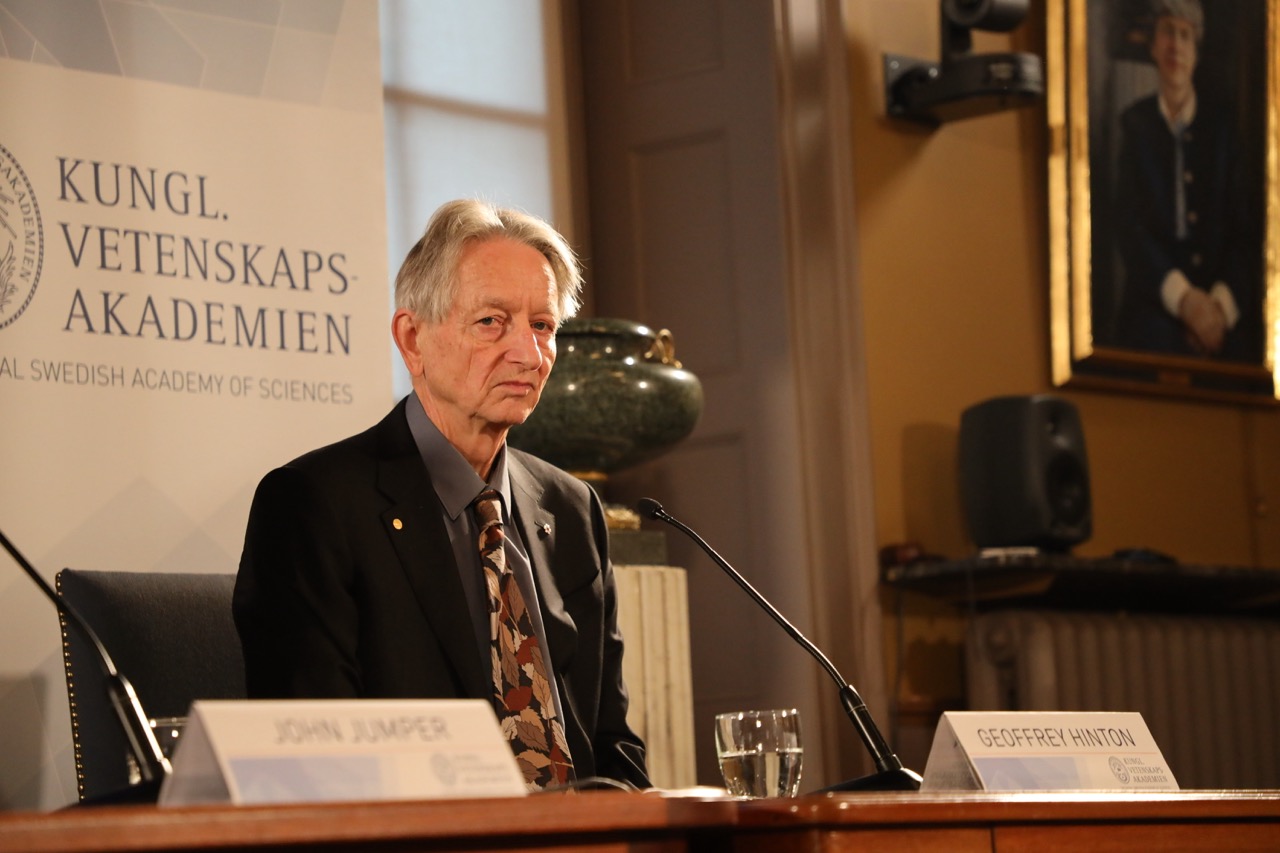
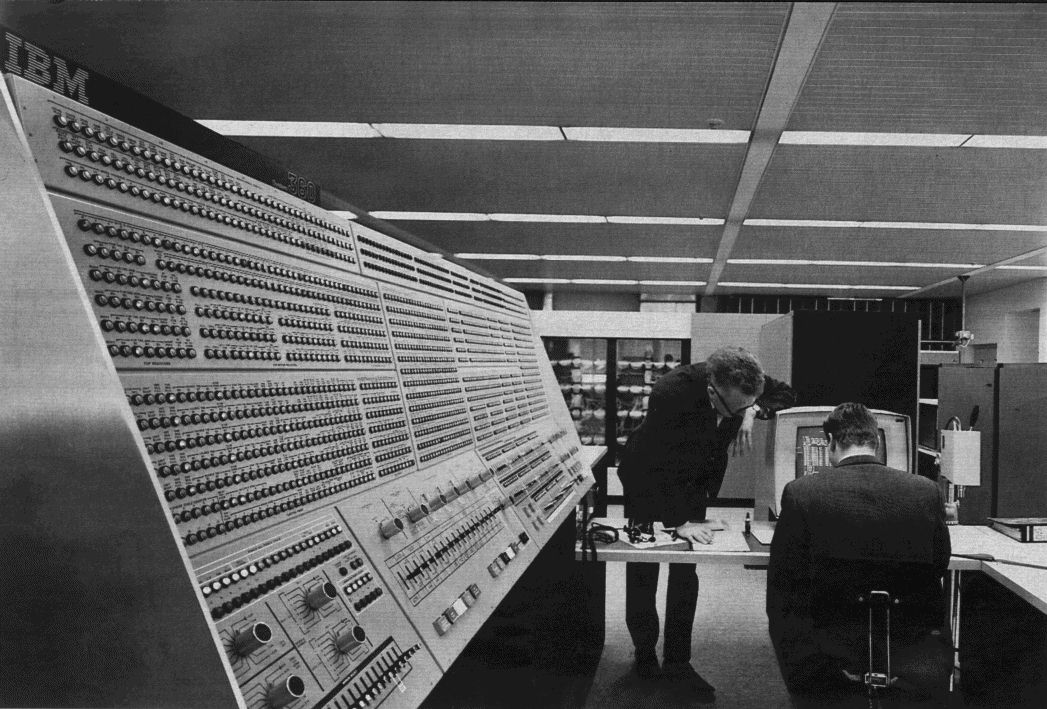

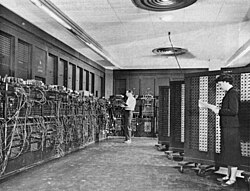
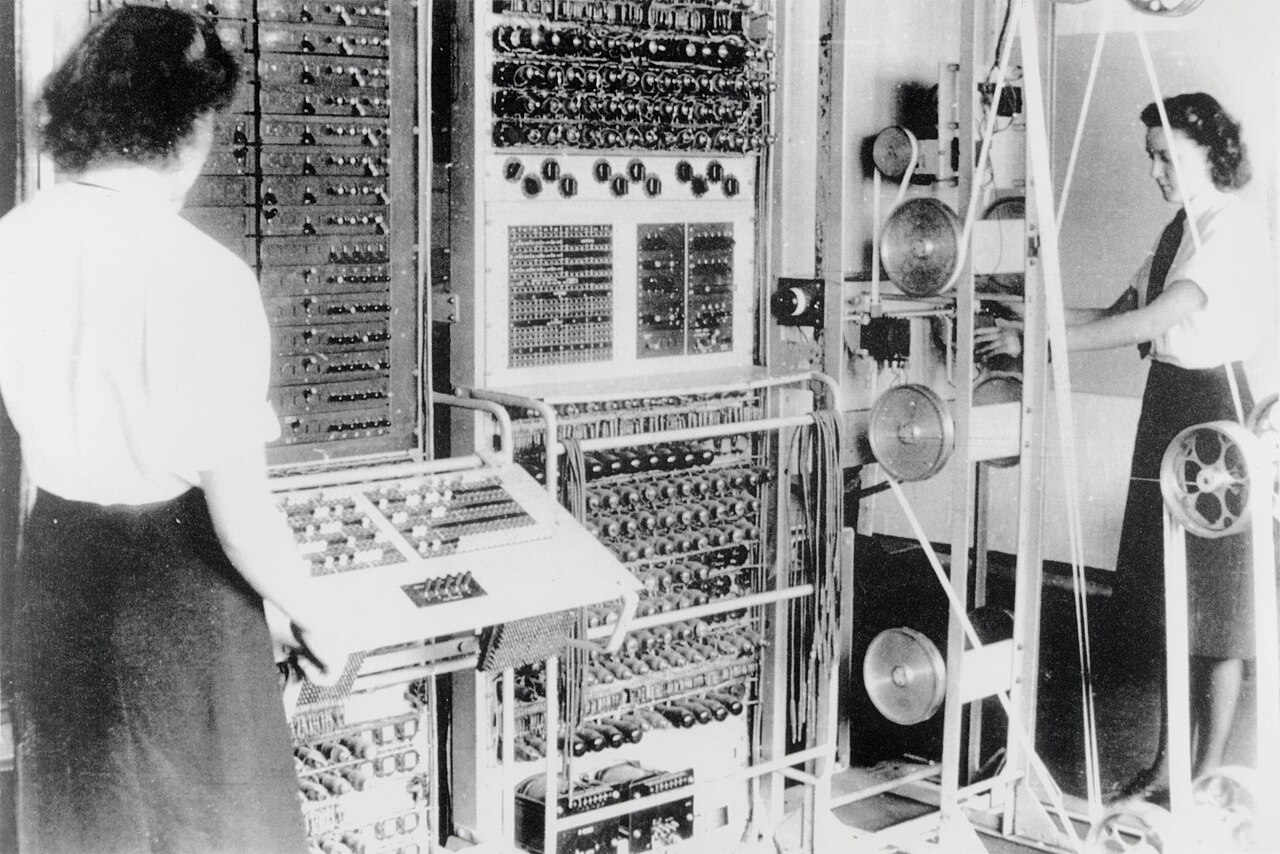

_School_-_Charles_Babbage_(1792%E2%80%931871)_-_814168_-_National_Trust.jpg)


